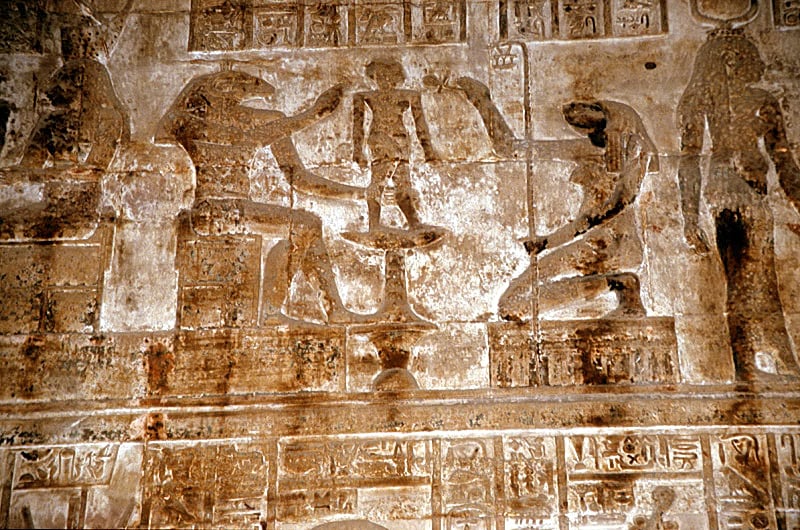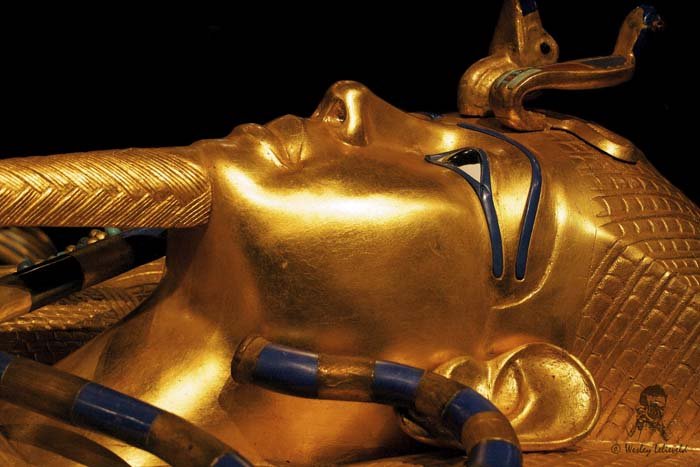Ancient Egypt Trade: The Nile River to the Sahara Desert
Following up on Ancient Egypt: An Agricultural Economy Indebted to the Nile River, this week we’ll discuss trade in ancient Egypt. Much of early Egyptian trade was done through bartering and took place over land and sea.
---
Trade was important in ancient Egypt, or any civilization, because it contributes to its economic development. Ancient Egyptians utilized the waters of the Nile River and Mediterranean Sea to the desert of the Sahara to transport people and commodities.
Not only did the Nile River provide food, it acted as a natural artery of communication. The Nile was central to the country's trade. Ships and boats sailed along its waters, bringing different goods to different trading ports.
Egyptians built some of the earliest boats ever recorded. The first ones were made from papyrus reeds and propelled by rowing. As early as 3000 BC, Egyptians built ships utilizing planks of wood together and stuffing the gaps with reeds.
These wooden boats were modeled after the papyrus boats: they had flat bottoms, no keels, and square sterns. The wooden planks were held together with rope, and the spaces between the planks were caulked with reeds. Camels, donkeys, and horses were domesticated and used for land transportation.
Queen Hatshepsut sent ships for myrrh in Punt, and extended Egyptian trade into modern-day Somalia and the Mediterranean.
Ancient Egyptians participated in exporting commodities that were produced in large quantities locally. They traded papyrus, obsidian, gold and incense, oil jugs were imported. The gemstone lapis lazuli was being imported from modern day Afghanistan.
Just before the First Dynasty, Egypt had a colony in southern Canaan that produced pottery for export. In the Second Dynasty, Byblos provided timber. By the Fifth Dynasty, trade with Punt gave Egyptians resins, ebony, ivory, and wild animals.
A well-traveled land route from the Nile to the Red Sea crossed through the Wadi Hammamat. Another route, the Darb el-Arbain, was used from the time of the Old Kingdom of Egypt to trade gold, ivory, spices, wheat, animals, and plants. This route passed through Kharga in the south and Asyut in the north, and was a major route between Nubia and Egypt.
Much of early trade was through bartering. Coins were introduced in around 500 BC. Goods and services were valued on a unit known as a deben. If a shirt was worth one deben, and a sack of flour was worth 4 debens, you could trade one sack of flour for four shirts.
---
Ready to invest in digital marketing for your business? Let's work together to create a plan designed around optimizing your business directory listings, while incorporating search engine optimization (SEO), content marketing, search engine marketing, lead generation and website design to ensure that your accounting practice is optimized to help you reach your goals.



